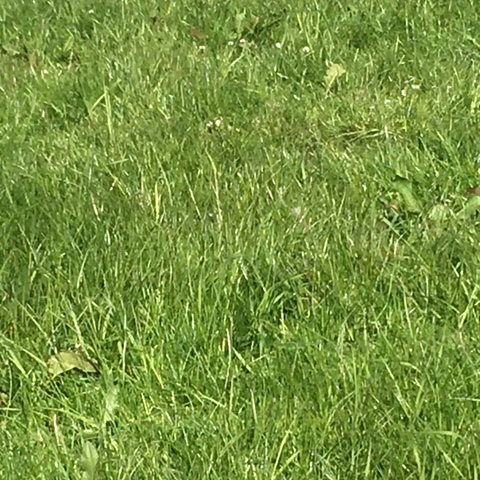Autumn And Winter Grazing Considerations
21 September 2021Grazing management must always balance the livestock needs in the present with an eye on the future, this is particularly relevant through the autumn and winter. We know grazing too long through the winter will impact spring growth. Therefore, consider how you plan to optimise both the winter needs and spring production now.
- Plan to provide 3-4 months rest to your lambing/turn out fields as a minimum. With rest, the pasture will have green leaf when spring arrives to make the most of the sunlight. Closing the other grazing fields after the lambing/turnout fields will mean they are ready and good quality when needed.
- Any additional sheltered grazing areas might be best kept for poorer weather.
- Fields prone to poaching should be grazed opportunistically during dry weather to reduce need for use later when compaction risk increased.
- Consider sacrifice areas for use during extreme weather – these might be rough ground on fields due a reseed. The aim of these areas is to prevent soil damage on the best land. Although we accept soil damage may occur, sacrifice area should be managed to minimise soil erosion risk; they should be the flatter fields away from water courses.
Winter management is a fine art and can often mean unplanned additional expense when bad weather hits, but with spring demand being so high, it is great when we can meet lactation and turn-out needs with the healthiest nutrition for ruminants – grazed grass.
Poppy Frater, poppy.frater@sac.co.uk
Sign up to the FAS newsletter
Receive updates on news, events and publications from Scotland’s Farm Advisory Service

